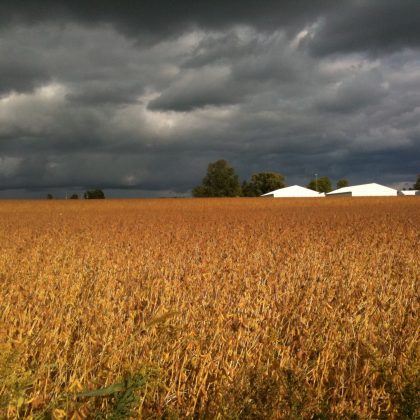Many hands breed better crops
The paper “Exploring the emergence of participatory plant breeding in countries of the Global North – a review”, published in The Journal of Agricultural Science, has been chosen as the latest Editorial Highlight.
Why would farmers in the Global North take time to work on plant breeding when they are busy farming with access to markets and can buy seed of modern varieties in catalogs? The authors of the paper, “Exploring the emergence of participatory plant breeding in countries of the global North – a review”, set out to answer that question and discovered much more. Across the US, Canada and Europe, farmers, researchers and other actors are working together to breed improved crop varieties through participatory plant breeding (PPB). Participatory plant breeding is an approach in which participants bring their knowledge and expertise to the table and in the field to collaborate in decision-making and activities of crop variety improvement. This approach to plant breeding is more commonly applied in the Global South as a means to address needs of farmers in low input and subsistence agriculture who have been underserved by the green revolution. This paper presents a state-of-the-art review of PPB across the US, Canada and Europe and explores the motivations, methodologies, and outcomes of projects to date with the objective of informing current and future breeding initiatives.
The authors present case studies in five crop species demonstrating that crop biology is not a barrier to PPB, with examples of self-and cross-pollinating species as well as vegetatively propagated crops being actively bred using PPB approaches. Case studies also reveal a diversity of models with some projects involving single farmers and others engaging farmer networks as well as other actors – such as chefs, millers and bakers – in the food system. More than three quarters of projects identified were conducted in organic agriculture frequently citing the need for organic seed sources adapted to organic farming conditions as primary motivating factors. In certain crop types such as Brassica, PPB is motivated in part to avoid the use of varieties developed with breeding techniques not in alignment with organic principles. Other projects leveraged PPB to develop varieties that support local and regional agriculture and restore cultural connections to traditional food crops. While projects presented evidence that PPB has expanded crop diversity and farmer’s access to improved varieties, obstacles to PPB also emerged including challenges in sustained funding as well as addressing regulatory barriers to the commercial distribution of PPB varieties. Agronomic improvements and organic farming were only one lens motivating PPB, with many projects aiming to conserve crop genetic diversity and restore farmers’ seed sovereignty. The authors conclude that a multidisciplinary approach is needed to fully understand the social, political and agroecological influences driving the emergence of PPB projects in the global North and factors impacting success.
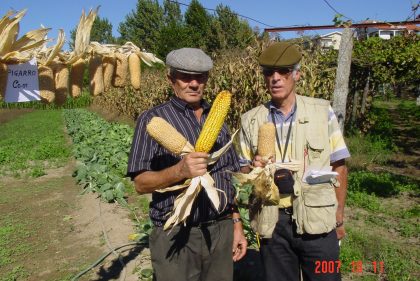
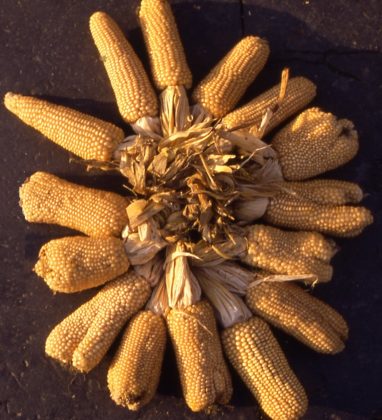
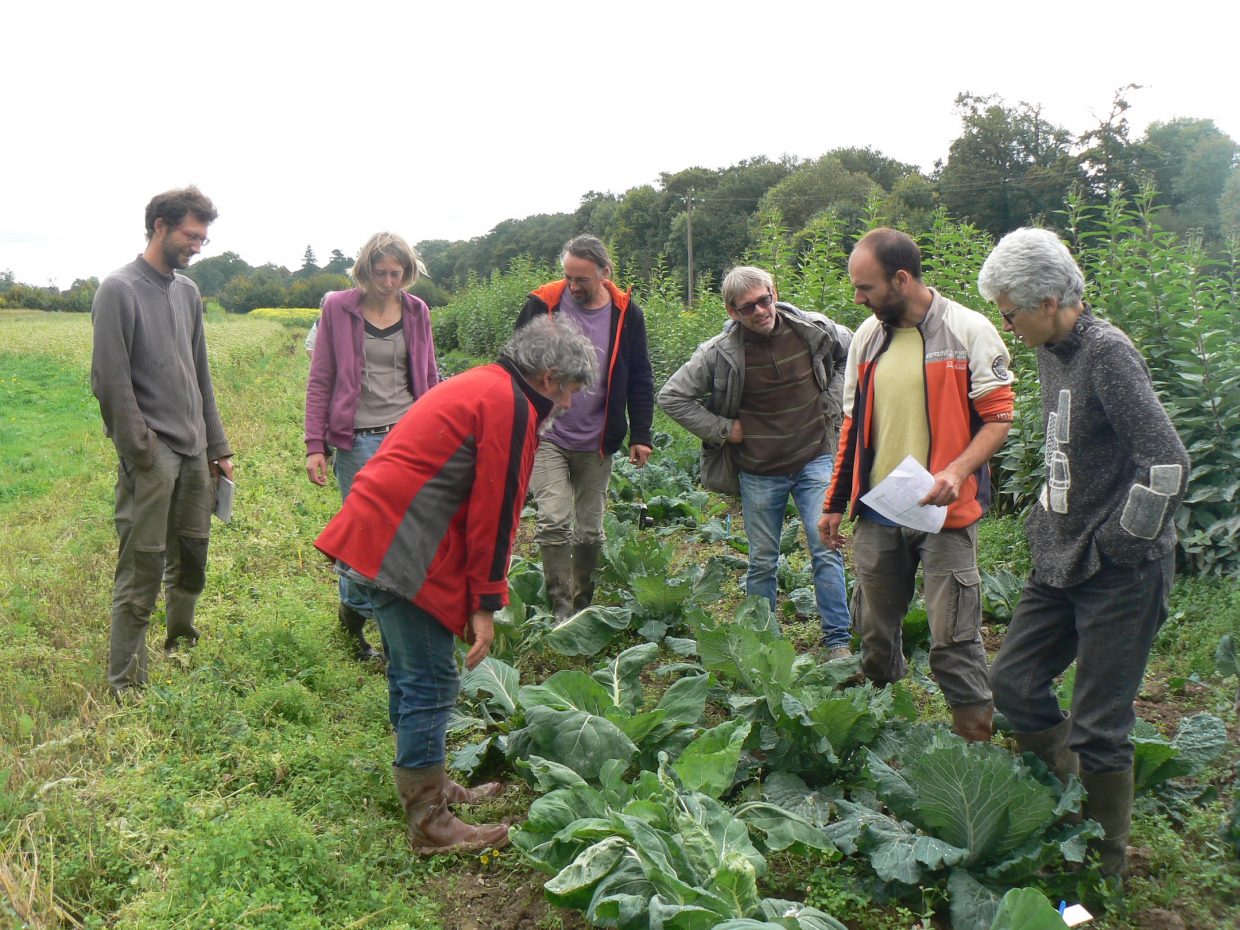

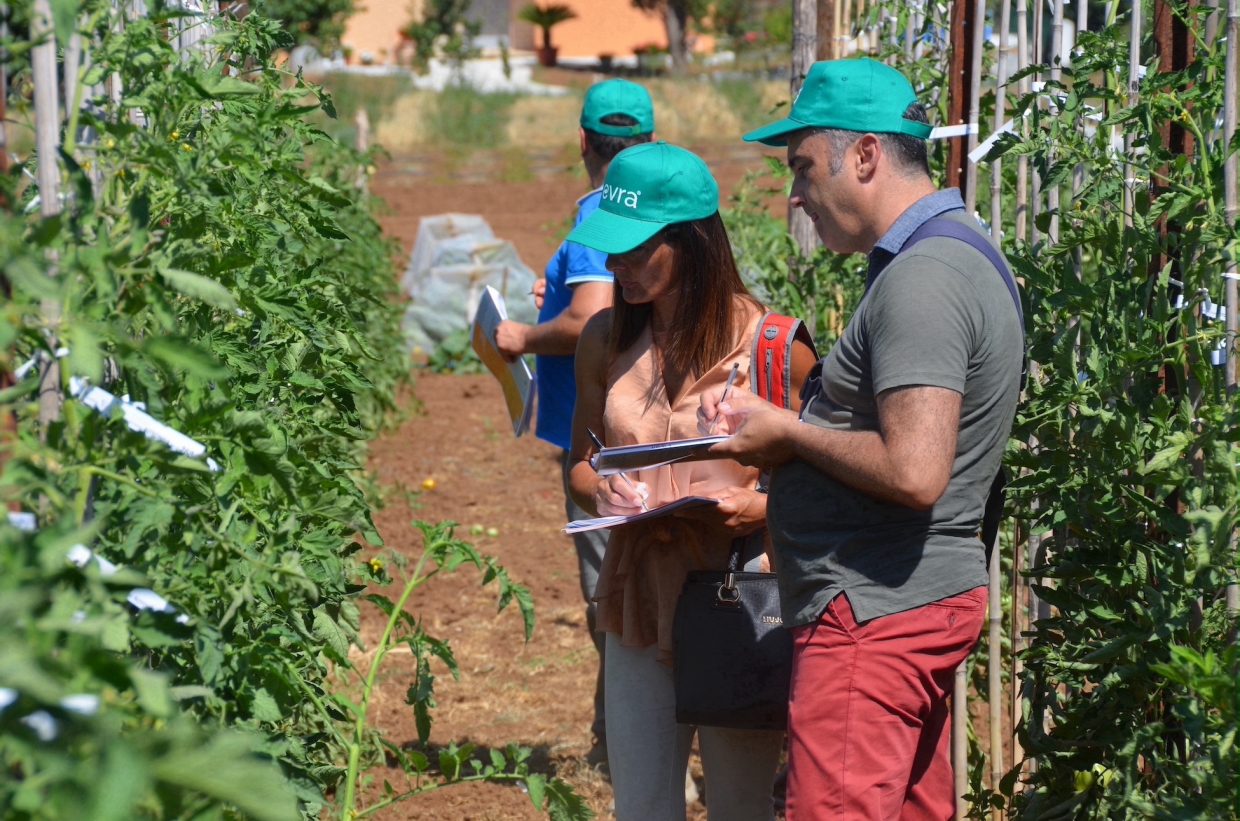
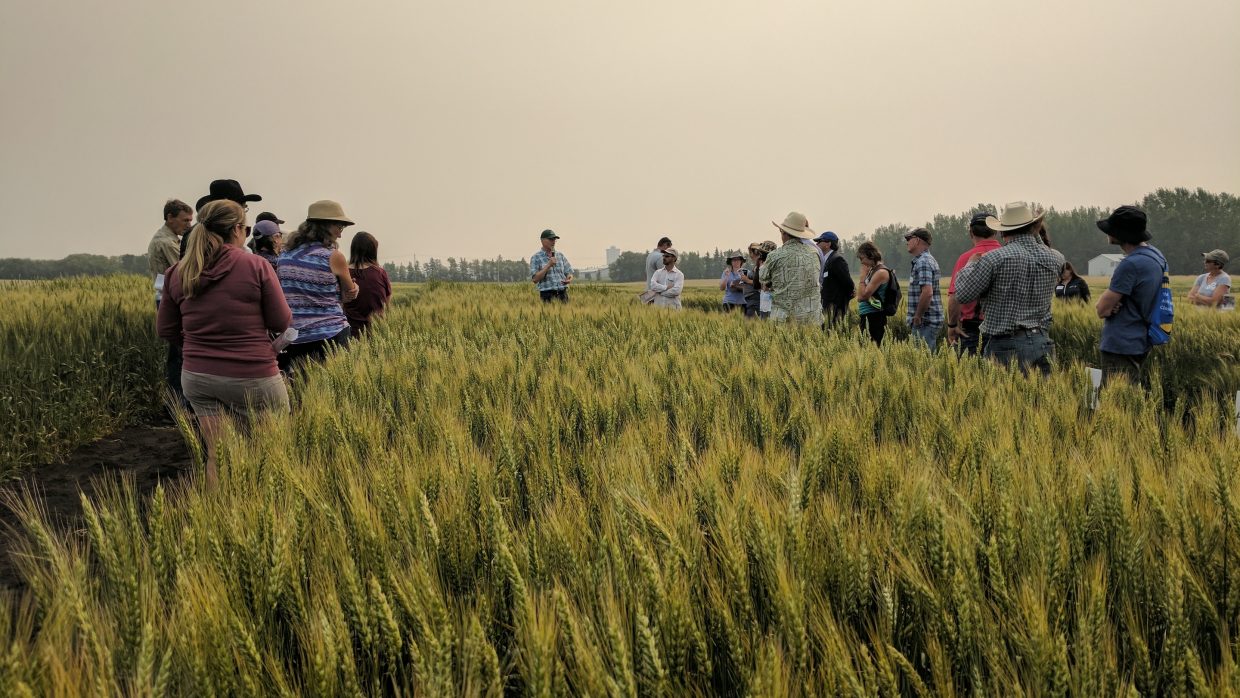

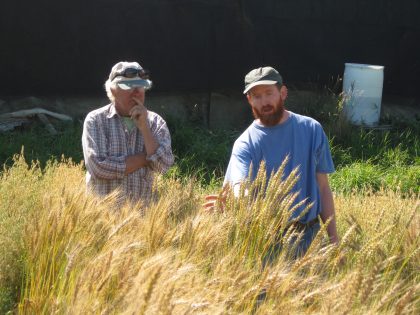
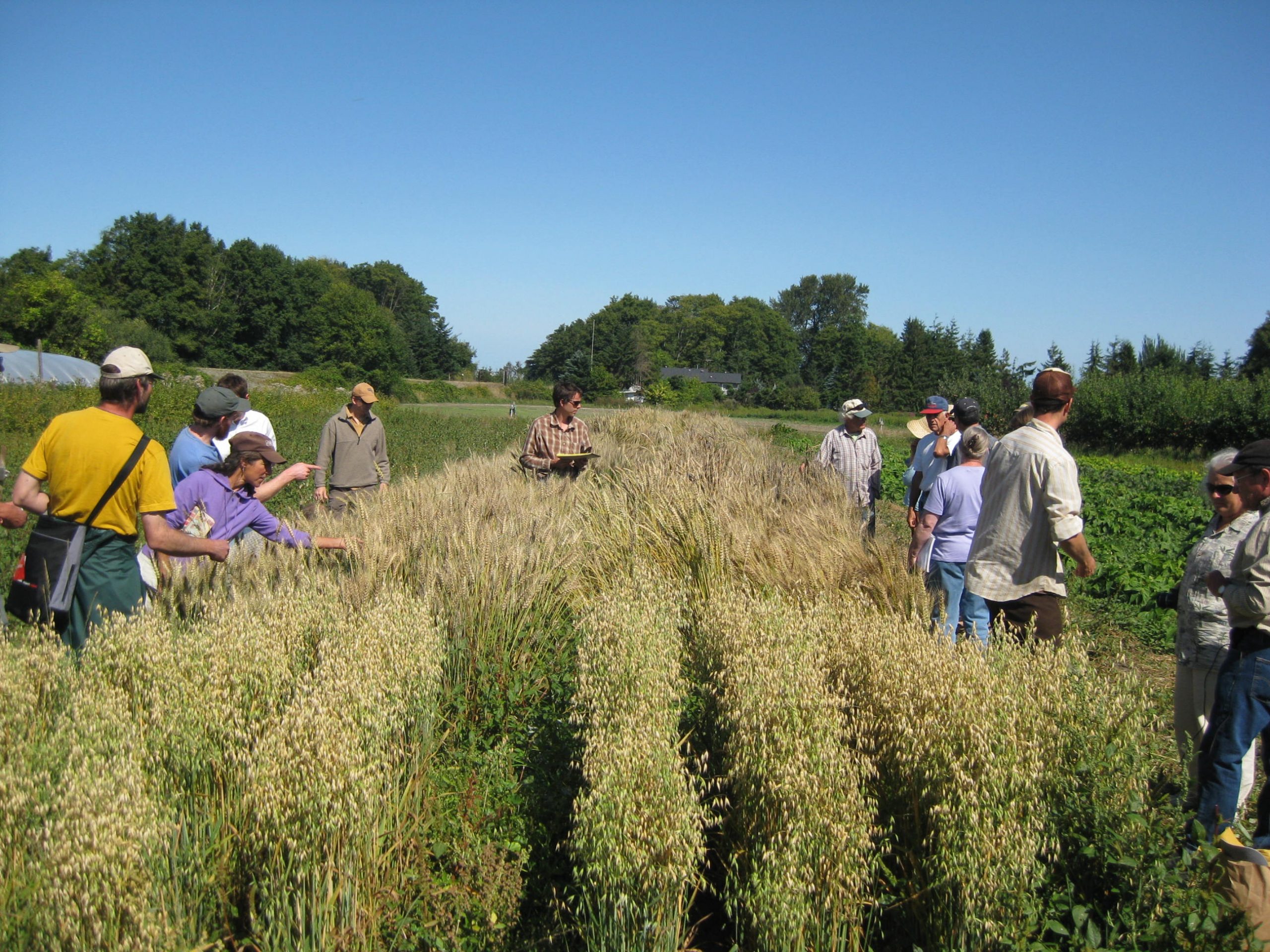
The Journal of Agricultural Science Editorial Highlights are selected by the Editor-in-Chief and are freely available for one month. View the recent selections here.



